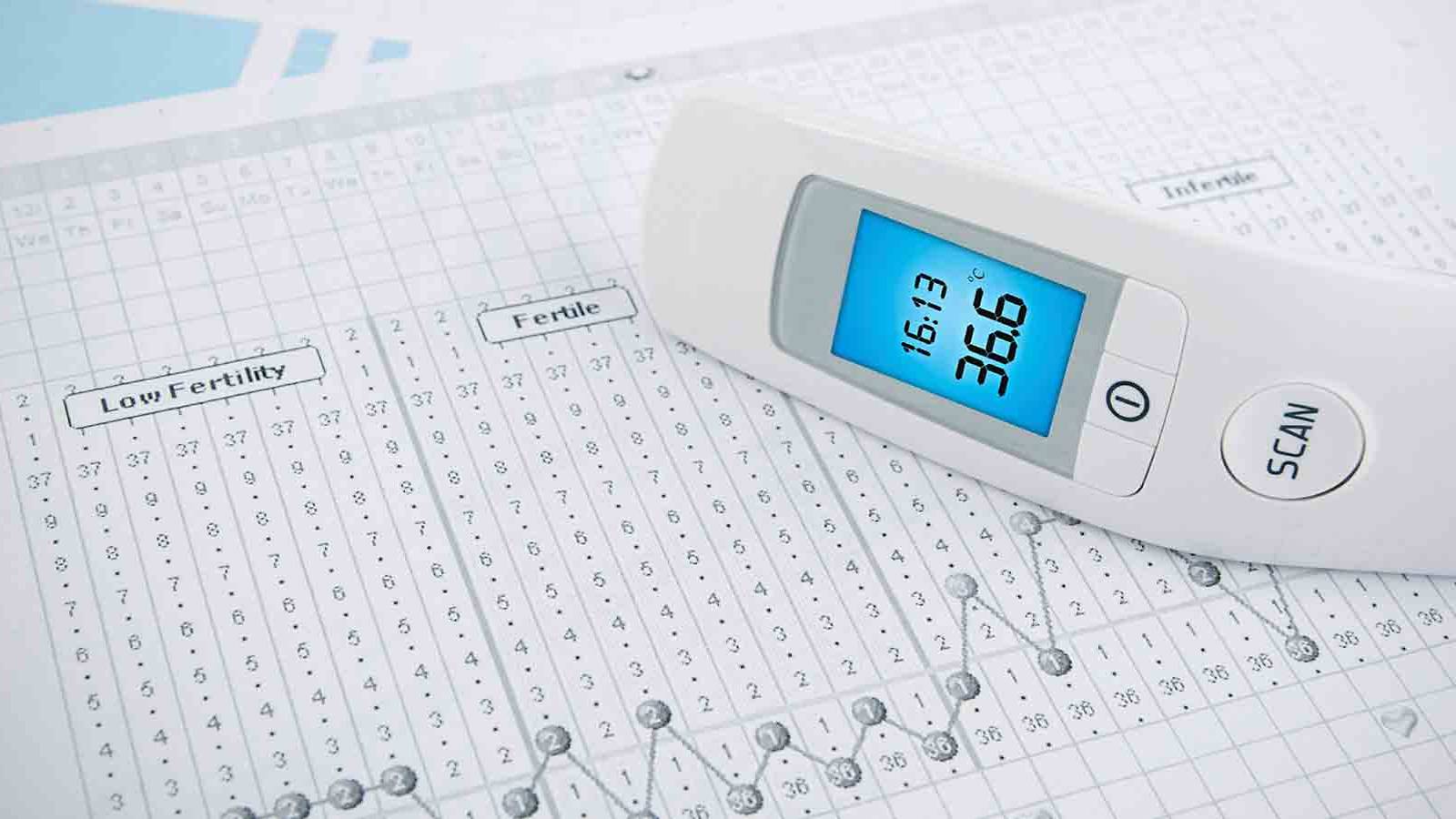Like the title says: When to get jiggy to get baby.
Generally, we’re told “the more the merrier”! But for greatest efficiency, sexual intercourse has to take place just before (and on) the day you ovulate or release an egg. That’s because sperm can linger in your body for up to six days “waiting” for the egg (which has horrified many a woman who didn’t want to get pregnant but got careless).
Signs of ovulating:
- Your vaginal discharge is likely to be more stretchy and “egg-white like”.
- Your basal body temperature (BBT) is your lowest body temperature in a 24 hour period. You take it in the morning, and it should average 36.1 deg C to 36.4 deg C. After ovulation, it rises to 36.4 deg C to 37 deg C. And yes, the change is minute. You need a specific basal thermometer (get it from the pharmacy).
- You may feel hornier. Or feel tender in the tum.
How do you calculate your ovulation cycle?
1) Via calendars — if you have irregular periods, this may not work
Of course you have a calendar. On your table or on your phone. Set aside a mark or colour tab for your first day of period.
- Estimate your next first day, and count back 12 days. Mark this day “End”.
- Count back four days from “End”, and mark this day “Start”.
Odds are good that you’ll ovulate between these two periods.
You can also use a free online calculator such as at Babycentre or at WebMD.
2) Tabulate your BBT. After a few months of charting, you’ll be able to predict the pre-ovulation period — three days before is best for babymaking.
3) Test your mucus with a finger (this is serious science) and if it’s “clearer and slipperier” than usual (again, you’ll need to observe over several months), then locate your husband, stat.
4) Use an ovulation test kit.
Photo: iStock
You may also like...
BUYER’S GUIDE Best Ovulation tracking kits
Infertile? Check out these treatments
What does your baby’s name say about you?
